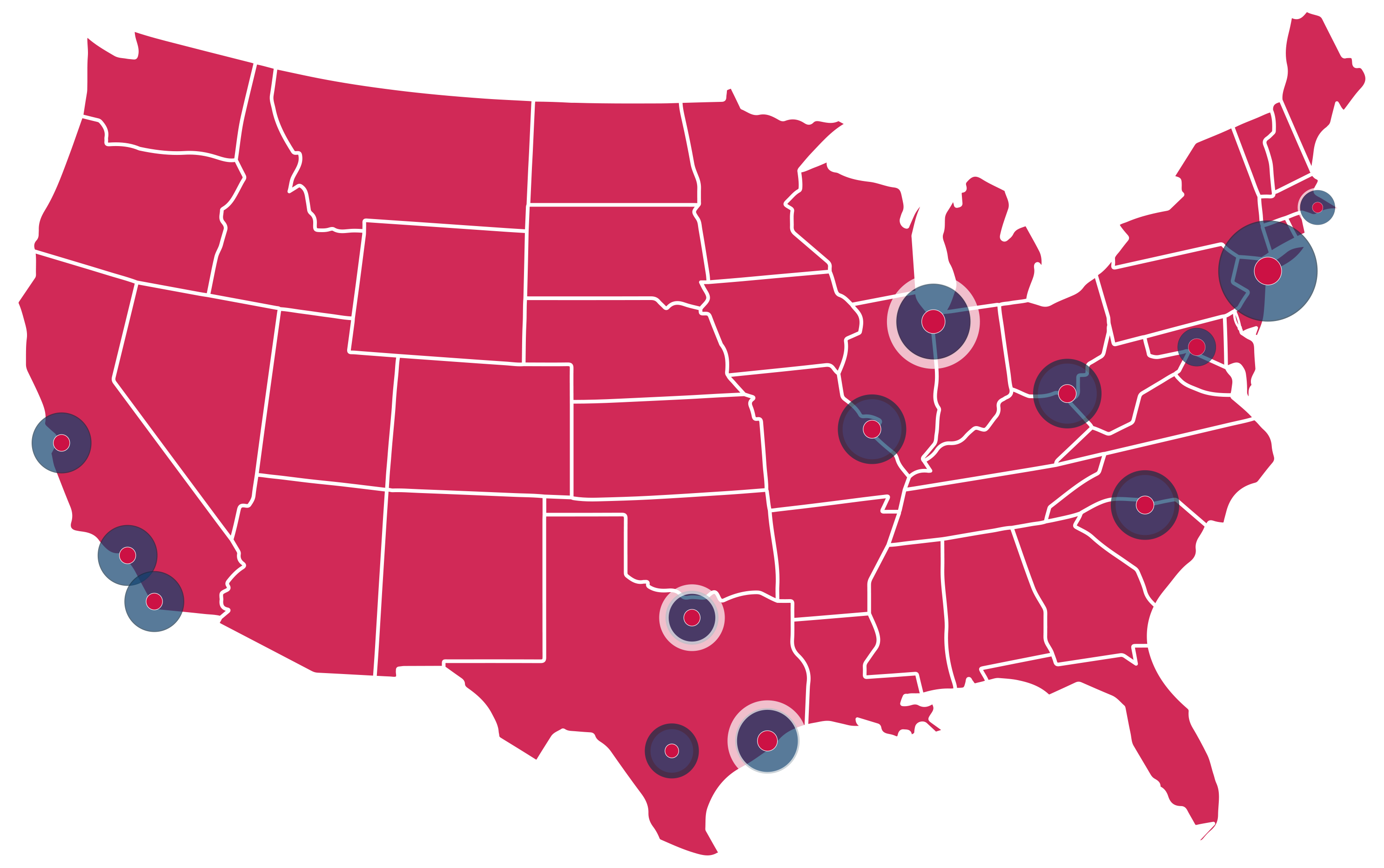A respected global periodical publisher commissioned a project with CA to better understand their current subscribers as well as their target audience in the United States.
The initial project had four defined goals:
- Measure the market size for the current target as well as measuring the market of subscriber ‘lookalikes.’
- Profile socio-demographics, political engagement, geography and personality for each group
- Compare and contrast the two groups
- Provide example psychographic-based communications guidance for the current target
The target this client was marketing towards was developed out of segmentation work done by a market research firm. The assumption going into the project was that the target segment and the actual subscriber base would overlap significantly.
However, there was found to be a significant gap. Out of a subscriber base of approximately 450,000, only 85,000 showed the characteristics of the target market. Even more enlightening was that a significant market opportunity existed for the brand in the United States.
Five million possible subscribers fell into both the target segment and the lookalike universes (A) and therefore constituted the lowest hanging fruit. Even if only 10% of this universe converted to being a subscriber, the publication would show an increase of nearly 85% in the subscriber base.

The next evolution of the analysis looked at the target segment and the subscriber lookalikes in more detail. These segments were contrasted against each other on geography, socio-demographics, political engagement, and personality. From this came a crystallized view into the make-up of the three possible target universes for future marketing efforts (Target segment, subscriber lookalikes and the intersection of the two). Those markets with the highest density of the target market and subscriber lookalikes were plotted on the map (overleaf) to demonstrate location and scale simultaneously. These are the highest opportunity markets for future marketing efforts.

Finally, communication recommendations were developed based on the most prevalent personality characteristics in the target cities. An example for one of these target cities is below.

The Target Segment in this particular city was described as:
- Analytical and ordered with a high likelihood of working in finance
- Highly neurotic, conscientious, and low in openness
Cambridge Analytica’s behavioral communications experts recommended messaging that began with a negative initial stimulus followed by a reassuring solution. The tone should be analytical, detailed, direct and concrete with word choices that should include ‘trusted’, ‘prepare’, ‘determined’ and ‘solid.’ Example copy was then developed to demonstrate what an example execution would look like across multiple digital media.